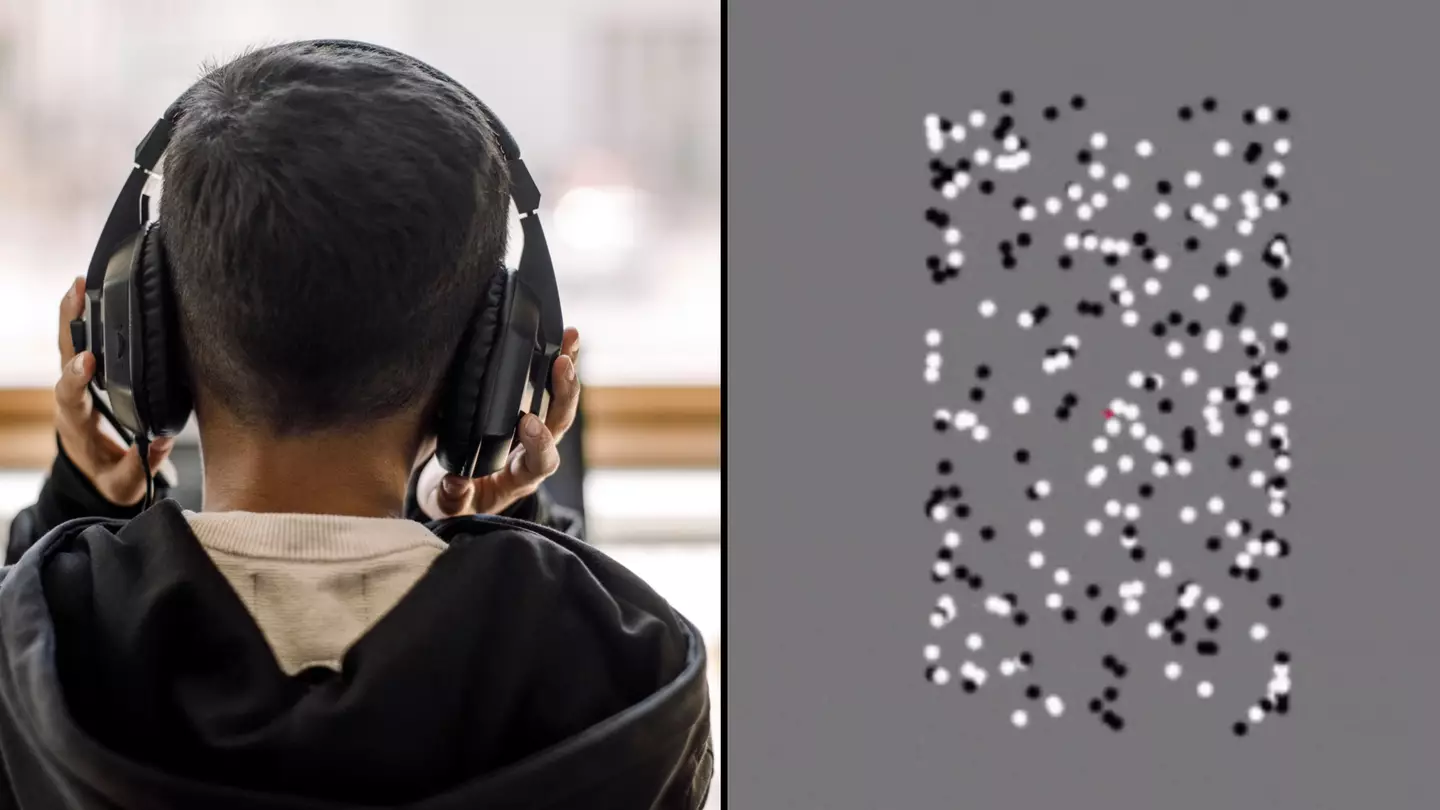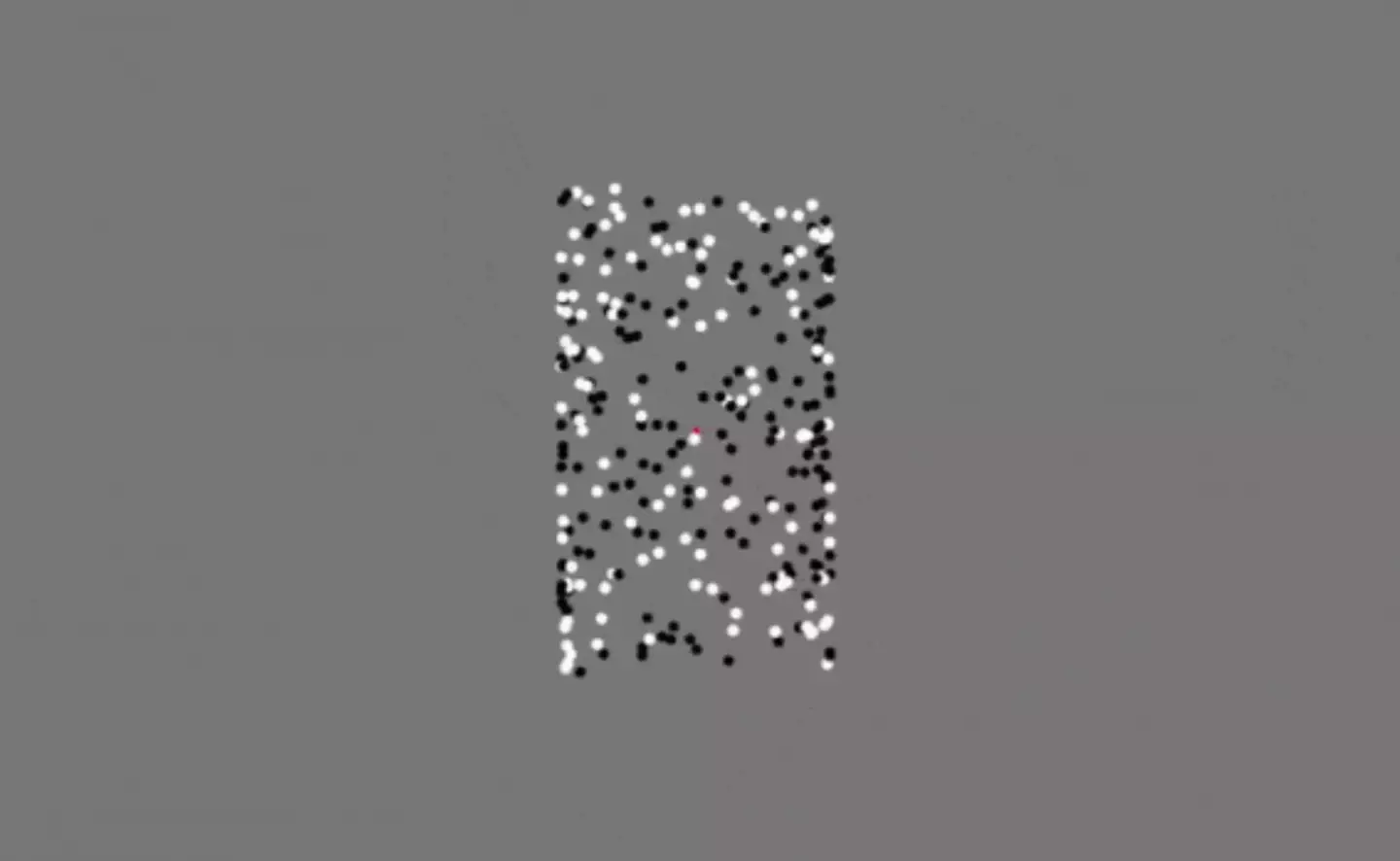
An optical illusion can apparently help identify people with autistic traits in just seconds - though how reliable is it?
Diagnosing someone with autism spectrum disorder (ASD) requires an awful lot of tests and visits to the doctors/medical professionals.
Typically, the path to be diagnosed with autism comes under two stages: screening and a comprehensive diagnostic evaluation.
Advert
A throughly conducted screening process will determine if more evaluation is needed in the form of a comprehensive diagnostic evaluation, while it will also rule out any other conditions.
Part of the process may include consolations with the likes of neurologists, child psychologists, neuropsychologists, psychiatrists, developmental pediatricians, and speech-language pathologists.
However, all of that could potentially be skipped using a simple test: looking at an optical illusion.

All was detailed in a 2018 study in the journal eLife, which found that the changes in a patient's pupils as they watch the optical illusion of a three-dimensional cylinder spinning correlates with the probability of them displaying autistic traits.
Advert
It is certainly worth noting that the optical illusion can't make a full-on diagnosis, though the whole point of the study was that the illusion could potentially feed into evaluations for those undergoing an autism screening.
So how does it work?
Well, the optical illusion takes advantage of how the pupils change size depending on whether a person is looking at light or dark images.
Subsequently, this can attract someone's attention by giving those in the study a rough idea on what part of the screen the individual is focusing on.
Advert
The optical illusion used in this remarkable study involved a GIF consisting of white dots moving in one direction, with a sheet of black dots moving in the other side.
For the majority of people, this gives the illusion of a three-dimensional rotating cylinder - but how you see the cylinder really differs from person to person.
Those who tend to be more focused on that extra detail will tend to look at just one colour at a time, flicking between the black and white on the illusion.
Before participants were shown the optical illusion, they were asked to complete a questionnaire.

Those who scored higher on the test were more likely to display autistic traits, following that the group were asked to look at the illusion, when their pupil responses were measured.
Advert
The results to come out of that - as detailed in the study - found that those who pupils oscillated when they watched the optical illusion would often score higher on the questionnaire.
Why is that you ask?
Well, people involved with the study believe that autistic people or those who display autistic traits tend to be more focused on the individual details.
Subsequently paying more attention to the individual dots rather than overall image.
Featured Image Credit: Getty Stock Photo/Turi et al. 2018Topics: Health, Optical Illusion